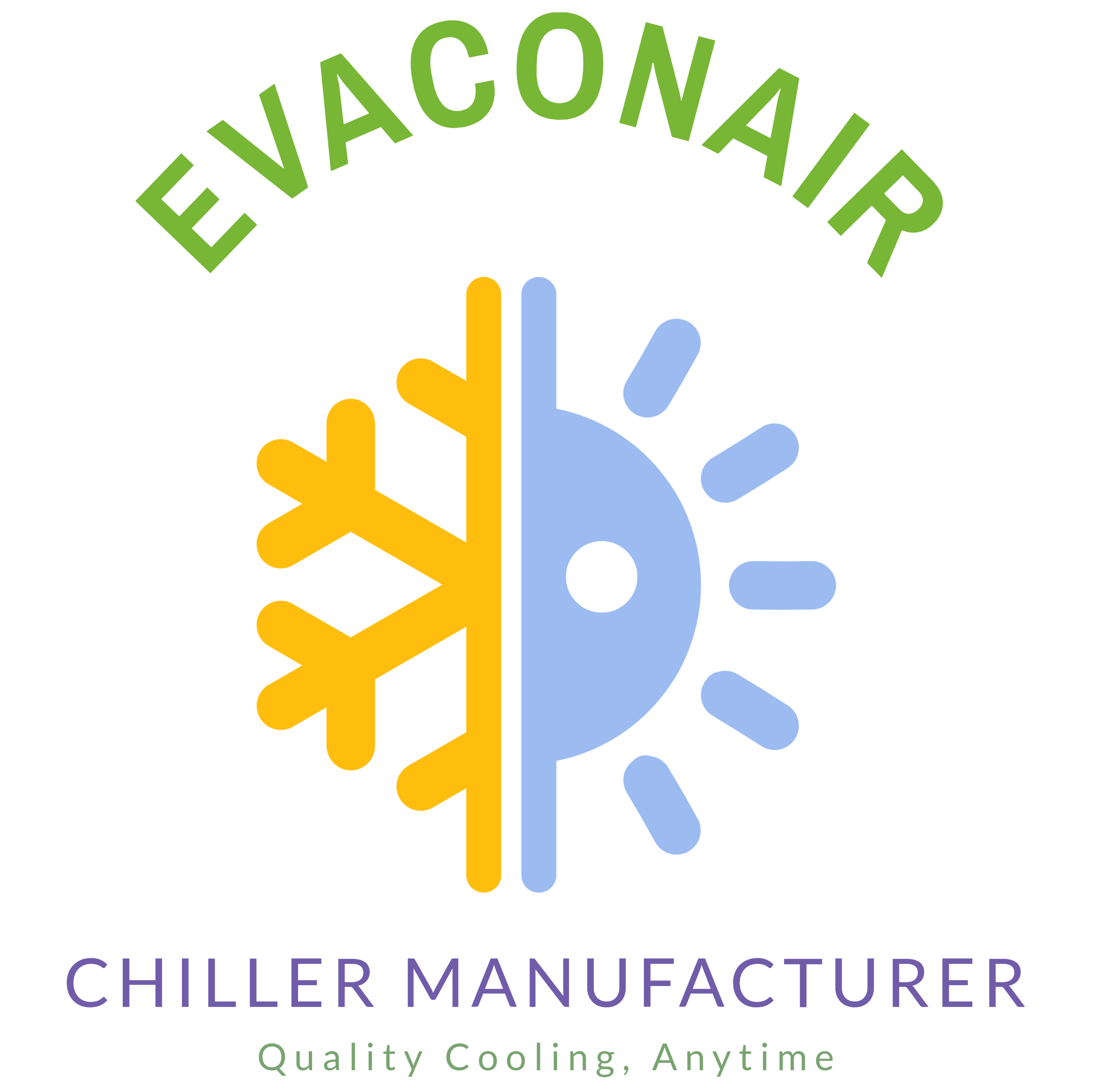Blog
How Do AHU and Chiller Work Together?
An Air Handling Unit (AHU) and a chiller are integral components of HVAC (Heating, Ventilation, and Air Conditioning) systems, working together to regulate and maintain comfortable indoor environments in large buildings such as offices, hospitals, and shopping malls. The chiller provides the cooled water that the AHU uses to condition the air, which is then distributed throughout the building.
Role of the Chiller in the HVAC System
The chiller is responsible for cooling water that is circulated through the HVAC system. Here’s how it works:
- Refrigeration Cycle: The chiller operates by using a refrigeration cycle to remove heat from the water. In this cycle, the refrigerant in the chiller absorbs heat from the water in the evaporator. As the refrigerant absorbs heat, it evaporates into a gas.
- Compression: The refrigerant gas is then compressed by the compressor, which increases its pressure and temperature.
- Condensation: The hot, pressurized refrigerant is passed through a condenser, where it releases the absorbed heat to the surrounding environment—either through air (in an Air-Cooled Water Chiller) or water (in a Water-Cooled Water Chiller). The refrigerant condenses back into a liquid form.
- Expansion: The high-pressure liquid refrigerant is expanded through an expansion valve, cooling it down before it re-enters the evaporator to begin the cycle again.
The cooled water from the chiller is then circulated through pipes to the AHU.
Role of the AHU in the HVAC System
The Air Handling Unit (AHU) conditions the air using the chilled water provided by the chiller:
- Air Intake: The AHU draws in air from the building or outside. This air passes through filters to remove dust and other particulates.
- Cooling Coil: The air then passes over cooling coils within the AHU, which contain the chilled water supplied by the chiller. As the air flows over the coils, it cools down, and the temperature of the water increases slightly before returning to the chiller for re-cooling.
- Dehumidification: As the air cools, moisture in the air condenses on the cooling coils, reducing humidity levels. This dehumidified and cooled air is then ready to be circulated throughout the building.
- Air Distribution: The conditioned air is then distributed through the building via ductwork, providing cooling and ventilation to maintain a comfortable indoor environment.
Integration and Efficiency
The efficiency of an HVAC system depends heavily on how well the chiller and AHU work together. Proper maintenance and operation of both units are crucial to ensuring optimal performance. This includes regular servicing of the chiller components like the Mold Temperature Controller, Hot Air Dryer, and Dehumidifier to prevent any disruptions in the cooling process.
Selecting the right equipment, such as an Air Cooled Screw Chiller or Water Cooled Screw Chiller, in consultation with Chiller Manufacturers In Ahmedabad or Chiller Dealers In Ahmedabad, ensures that the HVAC system meets the specific cooling needs of the building.
Conclusion
The AHU and chiller work in tandem within an HVAC system to provide efficient cooling and ventilation. The chiller cools the water, which is then used by the AHU to condition the air before distributing it throughout the building. Understanding how these systems operate together is essential for maintaining a comfortable indoor environment. For more information on selecting and maintaining the right chiller and AHU systems, visit our products page.
